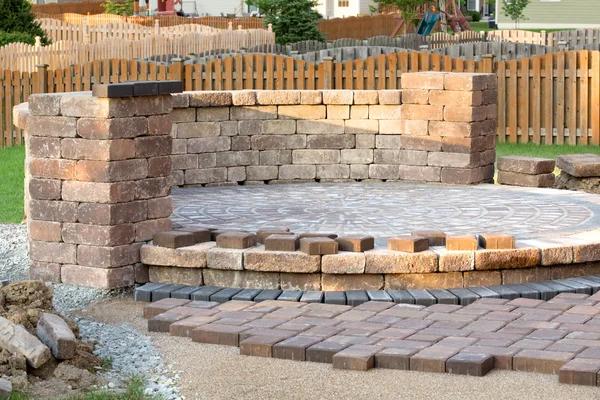Patio Installation: A Step-by-Step Guide for Homeowners
Installing a patio can significantly enhance the aesthetic appeal and functionality of your home’s outdoor space. It provides an ideal place for family gatherings, barbecues, or simply enjoying some quiet time in the fresh air. While professional installation is always an option, homeowners with a knack for DIY projects may find patio installation to be a rewarding challenge.
The first step in installing a patio involves careful planning. This includes deciding on the location, size, and design of the patio. You should consider factors such as sunlight exposure during different times of the day and proximity to your house or garden when choosing a location. The size should ideally accommodate at least one table and four chairs comfortably, while leaving enough space to move around.
Patio Installation
Once you’ve decided on these aspects, it’s time to choose your paving materials. Concrete is durable and cost-effective but requires more maintenance compared to other options like brick or stone which add more charm but are slightly pricier.
After making these decisions comes preparing the site for installation. This process involves marking out your desired area using stakes and strings before excavating about 7 inches deep into the ground – this will provide room for both base material and HD Exteriors pavers.
Next comes laying down base material which typically consists of crushed stone or gravel that needs to be compacted using a plate compactor until it forms a solid surface about 4 inches thick. This layer aids in drainage and provides stability to prevent shifting over time.
Following this is setting up edge restraints around the perimeter of your projected patio area which will hold pavers in place once they’re laid down. These could be made from plastic, aluminum or pre-cast concrete units depending on personal preference.
The next step involves spreading sand over your compacted base layer up till it reaches approximately 1 inch depth – this helps cushioning pavers while providing flexibility against shifts in ground underneath them due their weight distribution properties upon being walked upon etcetera!
Now comes the fun part – laying down the pavers. Start from one corner and work your way across, ensuring each paver is snug against its neighbor. It’s important to check for levelness as you go along and make adjustments by adding or removing sand beneath individual pavers if necessary.
Finally, once all of your pavers are in place, spread a layer of fine-grained sand over the top and sweep it into the cracks between each piece. This helps to lock them in place and prevent movement. After this step, run a plate compactor over the surface again to ensure everything is secure.
While patio installation can be labor-intensive, with proper planning and execution homeowners can successfully complete this project on their own while saving money on professional installation costs. A well-installed patio not only adds value to your home but also provides an inviting space for outdoor enjoyment for years to come.
HD Exteriors
9010 Hornbaker Rd, Manassas, VA 20109
703-782-4843




